How to Deal with Peeling Paint on Interior Walls

Peeling paint on interior walls can be more than just an eyesore in your home. It signals that something might be wrong beneath the surface, potentially leading to bigger troubles if left alone. The good news is, with a bit of understanding, you can address and prevent this common household issue. It’s important to catch peeling paint early. Not only does it help maintain a beautiful appearance, but fixing it also ensures your walls remain in good condition.
There are several reasons why paint might start peeling in the first place. It often boils down to conditions present when the walls were painted or how they’ve been managed afterward. Either way, recognizing the causes early on is key to preventing future problems.
Common Causes of Peeling Paint
Peeling paint happens for various reasons, and knowing them can help homeowners determine the best course of action for repair. Some common culprits include:
- Improper Surface Preparation: Before painting, the wall’s surface should be clean and smooth. If dirt, dust, or existing paint isn’t adequately removed, new paint won’t properly adhere, leading to peeling.
- Moisture Problems: Walls exposed to high moisture levels are prone to peeling. This situation often arises if there are leaks or if humidity levels inside the home are consistently high.
- Incompatible Paint Types: Using a latex paint over an oil-based one or vice versa could result in poor adherence, which often ends with peeling.
- Extreme Conditions While Painting: Painting under unfavorable conditions like excessive humidity, heat, or cold can prevent paint from setting correctly, leading to problems later on.
Understanding these factors is essential for both addressing current problems and preventing future ones. For instance, if you have a room with a persistent moisture issue, solving that problem first will save repeated repainting over time.
How to Identify Peeling Paint Early
Spotting peeling paint before it becomes a larger issue can save both time and expense. Here are a few signs and methods to help identify the problem early:
- Visual Signs: Look for spots on the walls that appear cracked, bubbling, or flaky. Paint that no longer looks flush with the wall is a clear indicator of peeling.
- Touch Tests: Gently run your fingers over suspect areas. If you feel a rough, uneven texture or notice paint chipping away, it’s time to act.
- Regular Inspections: Make it a habit to check your walls every so often, especially in high-moisture areas like bathrooms or kitchens. Regular inspections can help you spot potential concerns before they become bigger issues.
By keeping an eye out for these signs, you can take action sooner rather than later, ensuring the longevity and appearance of your walls. Peeling paint might seem like a minor annoyance at first, but as with most things, if ignored, it can lead to bigger problems. Keeping tabs ensures you’re always one step ahead, maintaining both the beauty and the health of your home.
Steps to Repair Peeling Paint
Once you’ve identified peeling paint, taking action sooner rather than later ensures you stop further damage. Repairing peeling paint involves a few essential steps. Start by preparing the area. This means cleaning the surface thoroughly and sanding down any uneven spots that the peeling paint has left behind. A smooth surface is key to making sure new paint adheres properly.
Next, it’s time to tackle the priming stage. Applying a primer to the affected areas can help the new paint stick and provide a protective barrier, improving durability. Look for a primer that’s suitable for your wall’s surface and the type of paint you plan to use. When it comes to repainting, use good-quality paint and the right techniques. This means applying an even coat and being patient during the drying process, allowing each layer to dry completely before adding another. Avoid painting on extremely humid or cold days to ensure the best results.
Preventing Future Peeling
Taking steps to prevent future paint peeling can save a lot of hassle down the road. Proper surface preparation is fundamental. This involves more than just cleaning; you should also check for any underlying issues that could cause trouble later, such as cracks or moisture damage. Fix these problems before you start painting.
Don’t ignore any moisture issues within your home. Even occasional condensation can make paint lose its grip on the wall. Consider using a dehumidifier in particularly damp areas and ensure that rooms like bathrooms are well-ventilated. Choosing high-quality paints and primers designed for your specific surface type makes a huge difference. These have better adhesion properties and longer durability, reducing the likelihood of peeling.
Finally, be mindful of painting conditions. Follow recommended drying times and choose a period with moderate temperatures to paint. By taking these preventive measures, your walls will not only look better but stay protected for longer.
Keep Your Interior Walls Looking Fresh
Addressing peeling paint promptly preserves the charm and condition of your home. Smooth, well-painted walls not only enhance the look of your space but also offer protection against further damage. While the process might seem daunting at first, understanding why paint peels and learning the steps to fix and prevent it can make the job manageable.
Maintaining your walls isn’t just about looks; it’s about keeping your home in top shape. Regular inspections and staying on top of small issues before they become big problems is always a wise approach. By doing these little tasks regularly, you’ll enjoy a home environment that’s as comforting as it is beautiful.
To maintain beautiful, durable walls and prevent problems like peeling in your home, consider the long-term benefits of interior painting in DuPage County. Let the experts at Damian’s Painting enhance and protect your living spaces with their professional touch.


